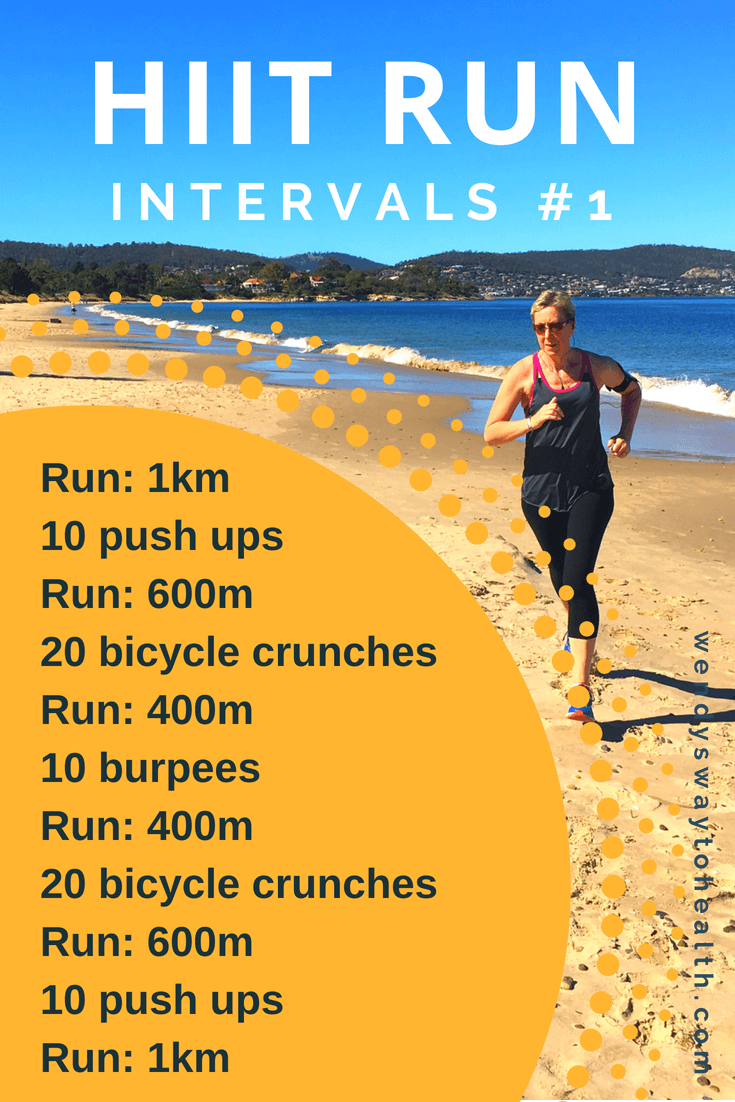The Ultimate Overview to Dealing With Discomfort When Running
Whether you are a seasoned marathoner or just beginning your running trip, comprehending the different types of discomfort that can emerge and the methods to address them is vital. From pre-run warm-up regimens to proper footwear option, there are many elements to consider when it comes to dealing with discomfort while running.

Recognizing Various Sorts Of Running Pain
When running, it is necessary to compare different kinds of discomfort to avoid injuries and take full advantage of performance (Read More). One typical sort of discomfort that joggers might experience is muscle mass soreness, which usually develops from the tension placed on muscular tissues throughout exercise. This type of pain is frequently a normal component of the running procedure and can be managed through proper workout, cool-down, and extending routines
Another kind of pain to be knowledgeable about is joint pain. Joint discomfort can indicate problems such as overuse, improper type, or underlying conditions like arthritis. Ignoring joint discomfort can lead to extra serious injuries, so it is important to resolve any type of pain immediately and perhaps look for professional guidance.
In addition, sharp or stabbing discomforts must not be overlooked. These kinds of discomfort can signal severe injuries such as strains, sprains, or stress cracks - running workout. Remaining to go through these kinds of discomfort can worsen the injury and lengthen recovery time

Pre-Run Workout and Stretching Routine
To prepare the body for a running session, applying an effective pre-run workout and stretching routine is vital. An appropriate warm-up helps raise blood flow to the muscles, boosts versatility, and reduces the threat of injury during the run. By incorporating a regular pre-run warm-up and extending routine right into your running program, you can optimize efficiency and reduce the threat of discomfort or injury.
Proper Shoes Selection and Fit
Picking proper footwear that fits well is crucial for joggers to avoid discomfort and lower the danger of injuries. Ill-fitting footwear can cause blisters, black nails, shin splints, and other uncomfortable conditions that can hinder efficiency and sideline training. When choosing running footwear, it is important to consider aspects such as foot type, running gait, arch assistance, cushioning, and shoe dimension. running workout. Going to a specialized running store for a gait evaluation and professional fitting can aid make sure that you pick the right shoes for your private demands. Running shoes must provide sufficient assistance and security while also being comfortable and light-weight. In addition, it is recommended to change your operating footwear every 300-500 miles to maintain proper cushioning and assistance. Spending in top quality shoes that is ideal for your running style and foot anatomy is a positive action in the direction of stopping discomfort and injuries throughout your runs.
Nourishment and Hydration Tips for Discomfort Avoidance

Hydration is just as important for runners to stay clear of aches, dehydration, and various other discomforts that can bring about pain throughout running. It is recommended to consume a sufficient quantity of water throughout the day and particularly before, throughout, and after running sessions. Electrolyte-rich beverages or sporting activities drinks can additionally be useful for replenishing lost minerals and keeping appropriate liquid equilibrium. running workout (Read More). By focusing on nourishment and hydration, runners can boost their efficiency, reduce pain, and take pleasure in a more comfy running experience.
Post-Run Recuperation Techniques to Alleviate Pain
Implementing efficient recuperation techniques is essential for alleviating discomfort and advertising muscle mass recovery after running sessions. One crucial post-run recovery method is stretching. Incorporating fixed go for major muscle groups can assist reduce muscle tension and discomfort. Foam rolling is an additional beneficial method to launch muscular tissue tightness and enhance blood circulation to the muscular tissues, assisting in quicker recovery. Additionally, icing sore areas for 15-20 minutes can assist minimize swelling and numb discomfort post-run.
Eating a well balanced snack or meal that consists of protein and carbohydrates within 30 mins of ending up a see here run can assist repair muscle mass cells and replenish power shops. By integrating these post-run recuperation strategies into your routine, you can properly handle pain and maximize your running performance.
Conclusion
Finally, resolving different kinds of running discomfort through correct warm-up, extending, footwear option, nourishment, hydration, and post-run recovery strategies is vital for pain avoidance and management. By understanding the reasons for pain and carrying out these techniques, joggers can reduce pain and prospective injuries. It is crucial to prioritize total physical health and wellness and health to make sure a successful and satisfying running experience.